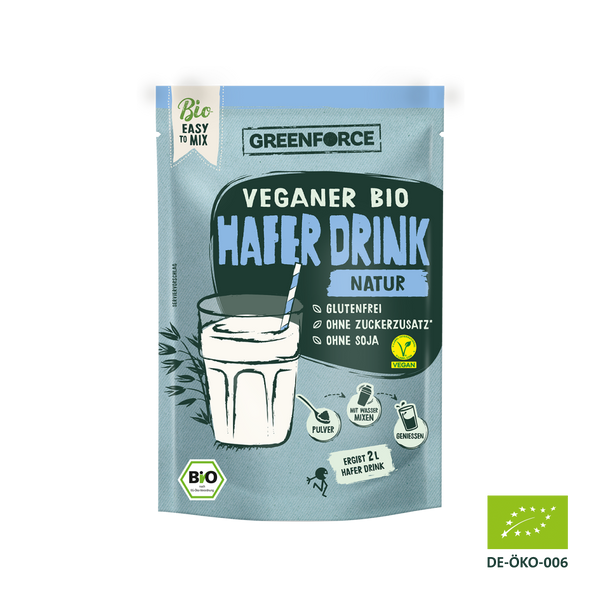If you don't take the symptoms seriously, it can have a detrimental effect on your well-being and health. On the one hand, the acute symptoms can be extremely unpleasant, and on the other hand, they disrupt the absorption of energy and nutrients when eating.
In addition, when you have diarrhea, your body loses a lot of water and excretes what you eat prematurely. This can result in an unhealthy form of weight loss .
In addition, weight loss is promoted if you eat less than normal for fear of new symptoms. Fluid losses due to diarrhea can also force weight loss .
Infants' bodies are designed to survive on milk alone. Therefore, they produce a lot of lactase during breastfeeding in order to be able to break down the lactose contained in breast milk.
During weaning, the digestive system adapts to other foods. In almost 75 percent of the world's population, lactase production decreases during this time. Whether and how much lactose the organism can break down varies from person to person.
If the residual activity of lactase formation is around 50 percent, there are usually no problems. The lower the activity, the higher the intolerance to products containing lactose.
In primary lactose intolerance, those affected still produce sufficient lactose in infancy and toddlerhood. In contrast to lactose intolerance, a baby with a cow's milk allergy shows noticeable symptoms early on.
The bodies of children and adolescents produce increasingly less lactase. As a result, increased symptoms can gradually occur.
If lactase production is disrupted due to an intestinal disease, this is referred to as secondary lactase deficiency. This is the case, for example, with celiac disease and Crohn's disease, but also with bacterial overgrowth or incorrect colonization of the small intestine.
Other possible causes are :
- chemotherapy or radiation therapy,
- a stomach removal (gastrectomy) or
- the (partial) removal of the small intestine.
In such contexts , lactose intolerance can occur at any age .
 Germany
Germany
 Austria
Austria
 Switzerland
Switzerland
 Netherlands
Netherlands
 Belgium
Belgium
 Luxemborg
Luxemborg

























